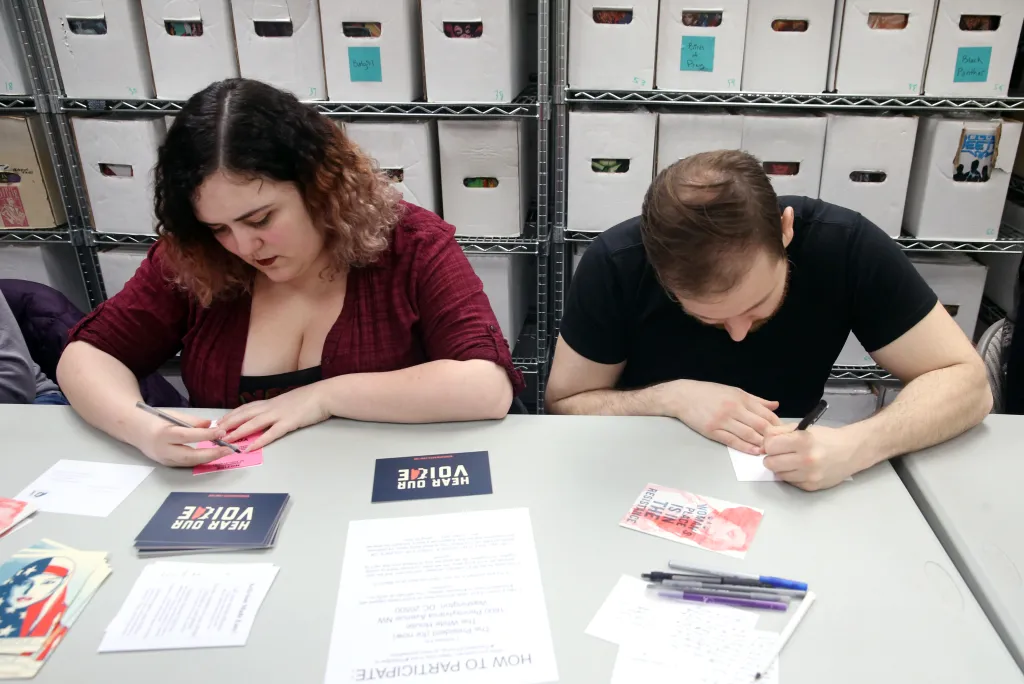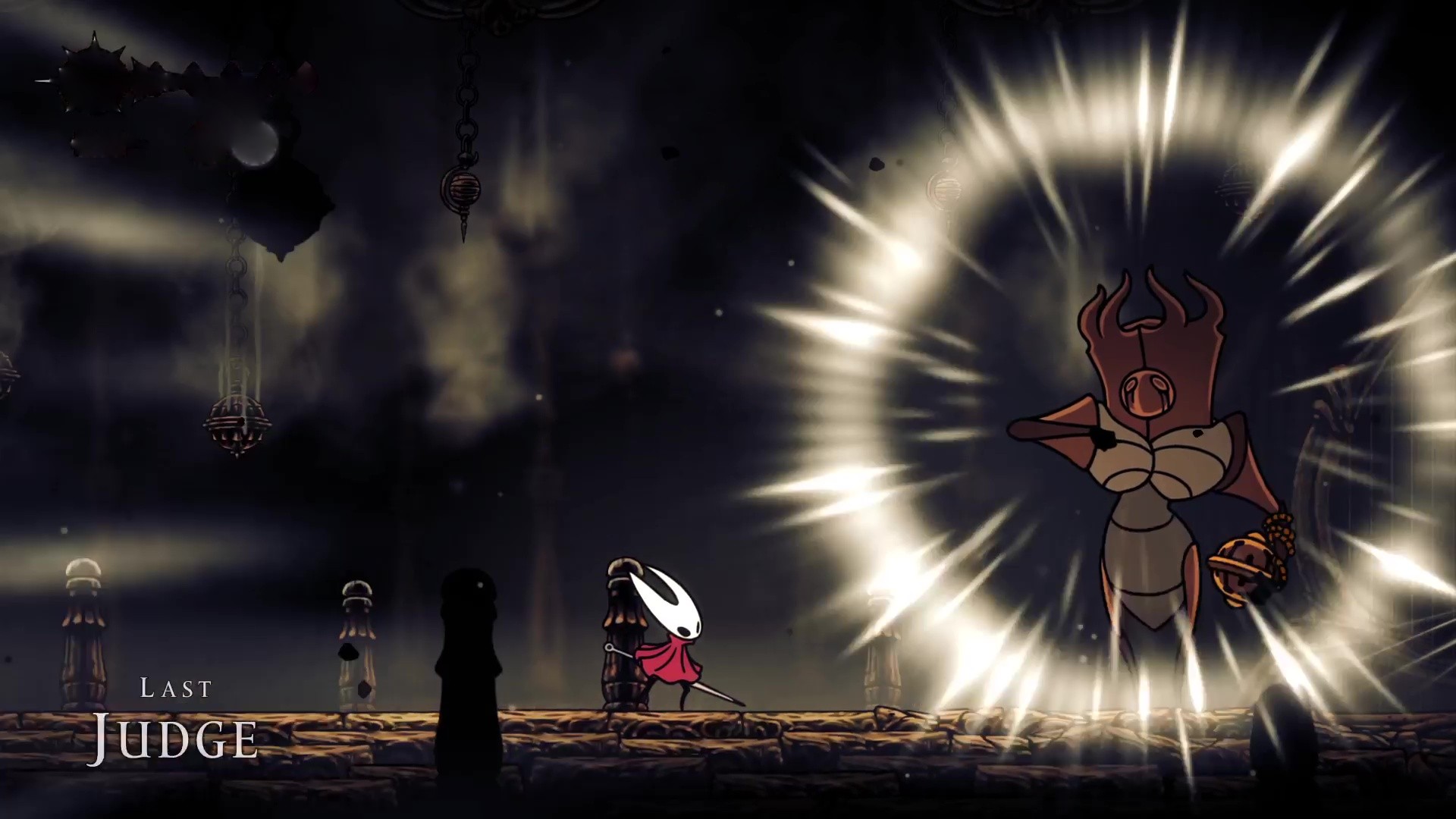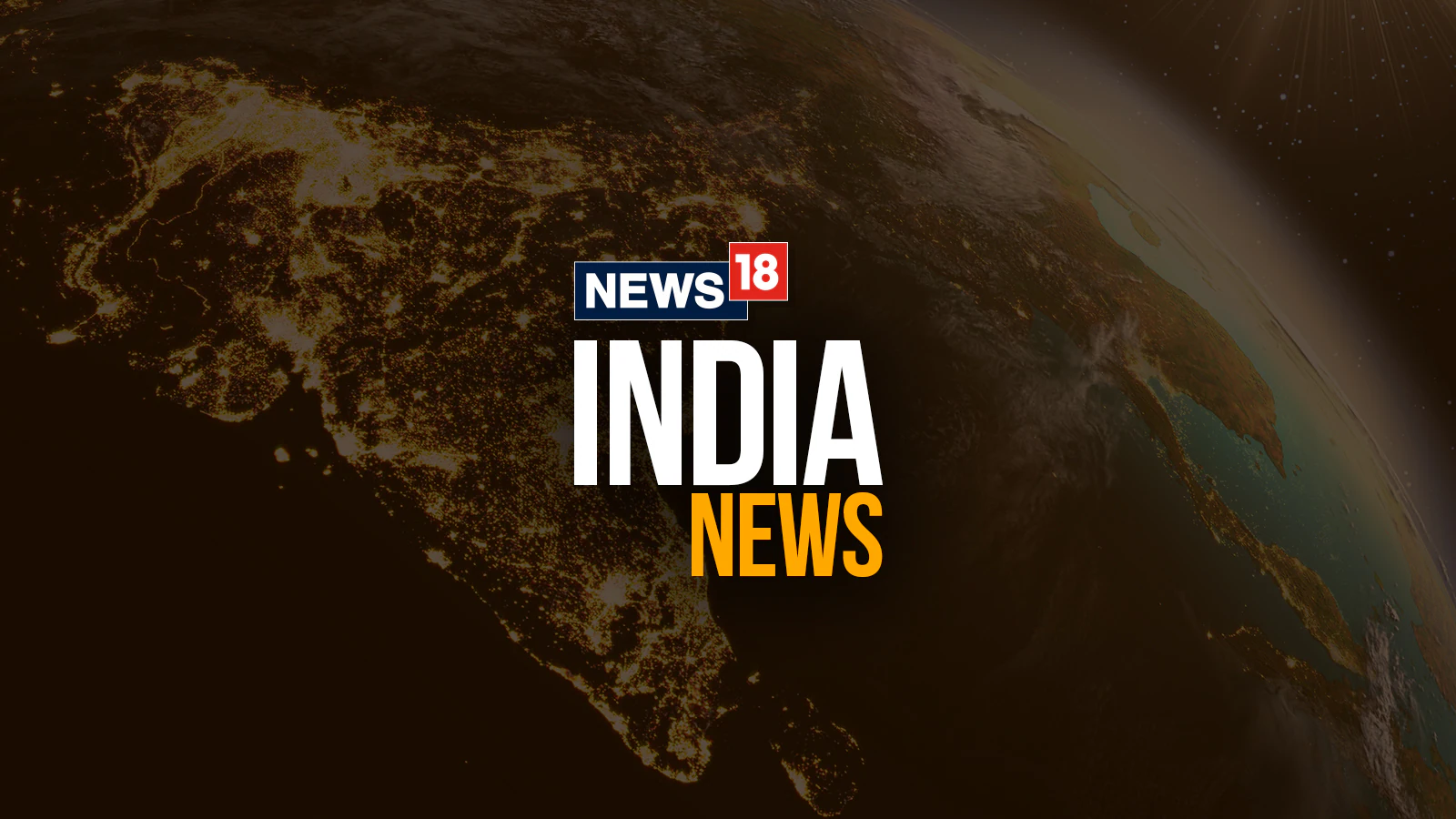
Years ago, whenever I traveled, it was an absolute requirement to send picture postcards to friends and relatives. Thus, whenever I was in a foreign country (and I traveled a lot), I’d be sure to visit a souvenir shop, most of which were crowded with tourists eagerly searching for the right postcard or a miniature replica of the Eiffel Tower or some other souvenir.
I would spin the metal rack, hoping for a colorful choice, and buy several postcards, write some mundane greetings on the back and purchase some unusual stamps (my cousin was a nascent philatelist). I’d then find something resembling a mailbox.
Sending picture postcards was just something you did in those days, and if one of your relatives or friends was traveling, you would expect to receive a picture postcard from them. Of course, the weather might not have been fine, and you might not actually have wished they were there, but you felt that sending postcards was obligatory.
People liked to receive mail that was not a bill or several pages of grocery coupons. If I went away for a month or two and did not send several postcards to my mother, she would worry that I had been arrested by gendarmes or kidnapped by bandits and give me a verbal spanking when I returned. Her friends would feel ignored as well. So when I was in France, I would send the mandatory picture postcard of the Eiffel Tower or Notre Dame. From Rome, a photo of the Colosseum. India? The Taj Mahal.
Many of these postcards would end up taped to refrigerators, which will give you an idea of how important they were to some people.
But nowadays, picture postcards that depict the usual tourist sites are practically obsolete. Sure, they still exist, although I don’t recall when I last received one. But I’ve seen a plethora of cellphone shots on social media. These usually include sights I had already seen and, more often than not, the classic image of someone pretending to be holding up the Leaning Tower of Pisa, which is always hilarious.
Postcards have morphed from colorful greetings into political promotional tools, often used by of grassroots political organizations. Because they are handwritten, these postcards are third in effectiveness to canvassing and phone banks in terms of personal contact with voters. The cards often feature a red, white and blue image, such as the American flag, on the front with the word “Vote!” emblazoned across it, although cover images vary. Thankfully, there is no need to be creative — political postcards scribblers are provided with a list of voters’ names, addresses and a script that’s been strategically composed by another activist. Obviously, handwriting must be legible. I generally go with printing because I have a strong feeling that very few people can still read cursive. Which is a damn shame.
Here’s an example:
Dear Dolly, your Whig Congressman voted to tax candles, which will bring financial hardship to the hardworking people of your community. His opponent, John Smith, will fight to oppose this tax. Keep our candles tax free!
Thank you!
Paul, volunteer
Writing postcards, although staggeringly laborious, makes me feel like I’m doing my part, with the added advantage of my being able to write them in the privacy of my own home.
Writer John Blumenthal is the co-author of the movie “Blue Streak.”



